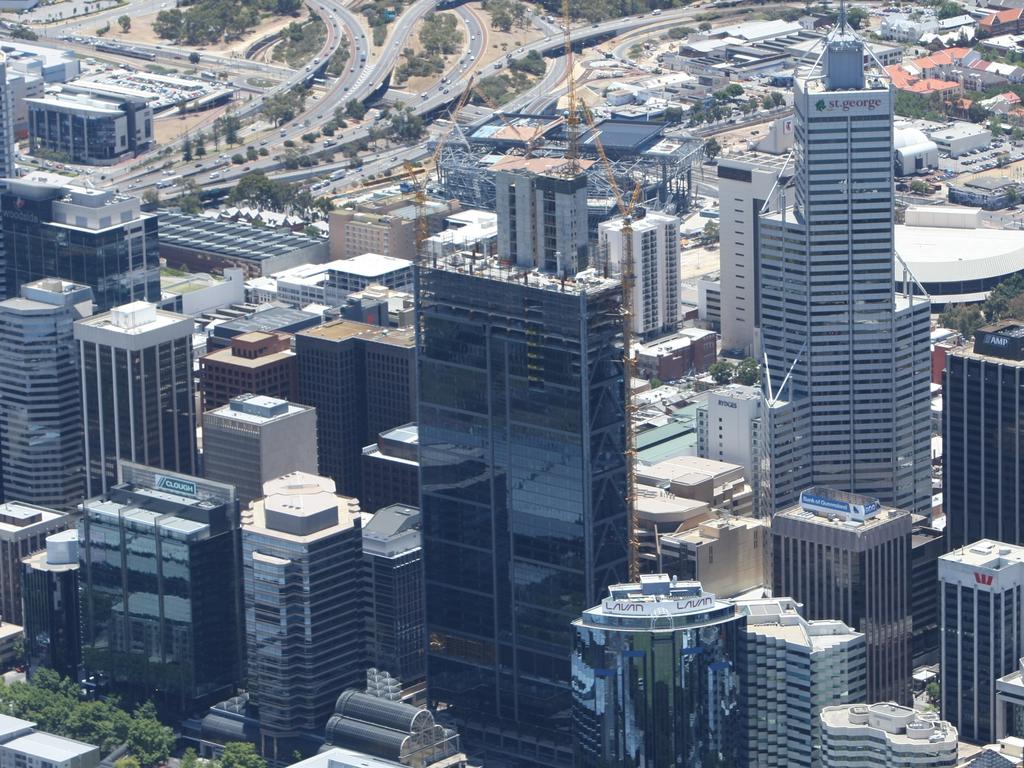Carbon credits where they’re due: how to get to net zero emissions

It’s pretty clear that the Prime Minister will soon have to commit Australia to a target of net zero emissions by 2050 — not to do so would be too embarrassing, even for him.
Every Australian state, every significant trading partner, every major non-fossil fuel company and every business group has signed up to it, or soon will in the case of the US. Holding out much longer would look Trumpish, which is no longer a good look.
It’s also clear that he won’t be able to do it by simply saying we’re already on track for that, since we’re obviously not, or that technology will do the trick, because it obviously won’t.
He might run something like that up the flagpole first to see if anyone salutes, but hands will stay down: the pile-on would be such that the government would need to get serious.
There are two parts to getting serious and making net zero by 2050 a credible target: electricity and everything else.
For electricity, it’s likely that NSW’s decision to support 12,000 megawatts of renewable energy generation with a floor price and new transmission capacity from three regional “renewable zones” will bring forward the end of coal-fired generation in the state.
Victoria has also started moving down this track with its own renewable energy zones, and other states will have little choice but to follow suit.
We know Gladys Berejiklian and NSW Energy Minister Matt Kean are doing something right because they’ve really annoyed federal Energy Minister Angus Taylor, and the coal and gas lobby is mobilising against them.
Will they succeed in nobbling the NSW strategy? Of course not. If we’ve learnt one thing from this pandemic it’s that Australia is still a loose collection of colonies, aka a federation, and that in most of the things that matter, including energy, the states are in control.
But even rapidly moving electricity to 100 per cent solar, wind and batteries will not achieve net zero emissions by 2050, so difficult is that target. Which brings us to “everything else”, and the existing safeguard mechanism inside the Coalition government’s existing clean energy policy.
The safeguard mechanism is essentially an emissions trading scheme, but for heaven’s sake don’t call it that.
The government’s Clean Energy Regulator issues Australian Carbon Credit Units (ACCUs) to applicants who can demonstrate they have reduced emissions via things like reforesting cleared land or improved energy efficiency. They can be sold either to the Clean Energy Regulator or to companies that have exceeded their emission “baseline” in the safeguard mechanism and have to buy ACCUs to offset that.
There is a market in ACCUs, with brokers, but it’s not very active. Most of the buying is done by the government through the CER, and the “spot price” in Australia’s carbon market is $16.10 per tonne of abatement. The reason there isn’t much of a private market, so that most of the ACCUs are effectively being bought back by the issuer, is that the safeguard mechanism is generous, or loose: each company’s emissions baseline is more or less what they already emit, plus a buffer.
That’s because the government’s mantra all along has been that emissions reduction could be, and would be, cost-free, and would be achieved with taxpayers’ funds and technology alone.
A policy of net zero emissions by 2050 would change that, but the interesting thing is that the skeleton of a usable emissions trading scheme already exists — it would just have to be tightened, so that more companies have to buy more ACCUs.
On the Clean Energy Regulator’s website is a list of 480 businesses — all of Australia’s major emitters — along with their baseline emissions numbers, starting with BHP’s Area C mine (443,666 tonnes) and ending with Yurralyi Maya Power Station in the Pilbara (457,268). The biggest number I saw was Chevron’s Gorgon gas field (8,338,429 tonnes), but there are quite a few in the millions, like aluminium smelters and coal mines.
The way to achieve net zero emissions by 2050 — probably the only way — is to reduce all of these businesses’ baseline numbers.
It could either be done individually, giving each emitter a chance to argue its case, or by simply reducing all of them by the same percentage — the amount required for Australia to meet the global 2050 target.
Those businesses would then either have to reduce their emissions or buy enough ACCUs to offset the amount by which they have exceeded the new baseline. The price of ACCUs would rise and so would their costs, but the higher ACCU prices would encourage others to do what’s necessary to acquire them, such as plant trees and install solar panels on shopping centre roofs.
But yes, costs would rise. The Morrison government could no longer say it’s addressing climate change without increasing prices.
But you can’t say that, not really, and never could — because you’re not imposing a new cost, but recognising an existing one.
Making cement and steel releases carbon dioxide, no getting around it (yet), and those emissions impose a cost on everybody through global warming.
That cost simply needs to be seen, and paid.
Alan Kohler is the editor in chief of Eureka Report







The NSW government’s new energy plan is a game-changer for climate policy in Australia, and might help get Scott Morrison off the hook, at least in part.